After having touched on the subject of how to live well in your home at all stages of our lives, including middle and old age, in the last episode of Design for breakfast on Instagram, I’ve decided to deepen some of the ideas and themes on the video and blog and add some more specific advice.
For those who maybe didn’t see episode 6 of Design for breakfast, I leave you the link below, so that you can have a better idea of the subject we are looking at now.
Having a safe, comfortable and livable home doesn’t mean giving up on style, let’s not forget that. Homes are designed to be functional, especially for the elderly and here often at the expense of beauty and style. There can be nothing more wrong than this! Functionality, even in this case, can have esthetic beauty, harmony and accuracy.
So, after that thought, we can now start to talk about how we can adapt or modify our homes in line with our needs that change with the progression of age. Starting with the kitchen, where the advice is to position everything you need at a medium height: not higher than 100-130 cm. This will facilitate the livability of the space, where everything is within easy reach at each end of the kitchen. An idea for this is to have a kitchen where there are no wall units installed, like the kitchens in the pictures below.
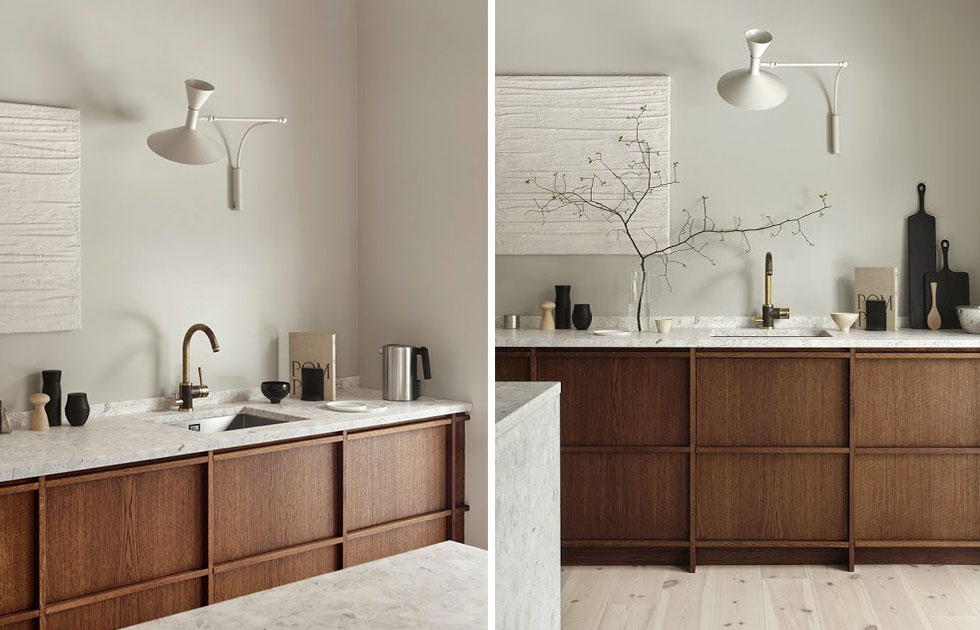
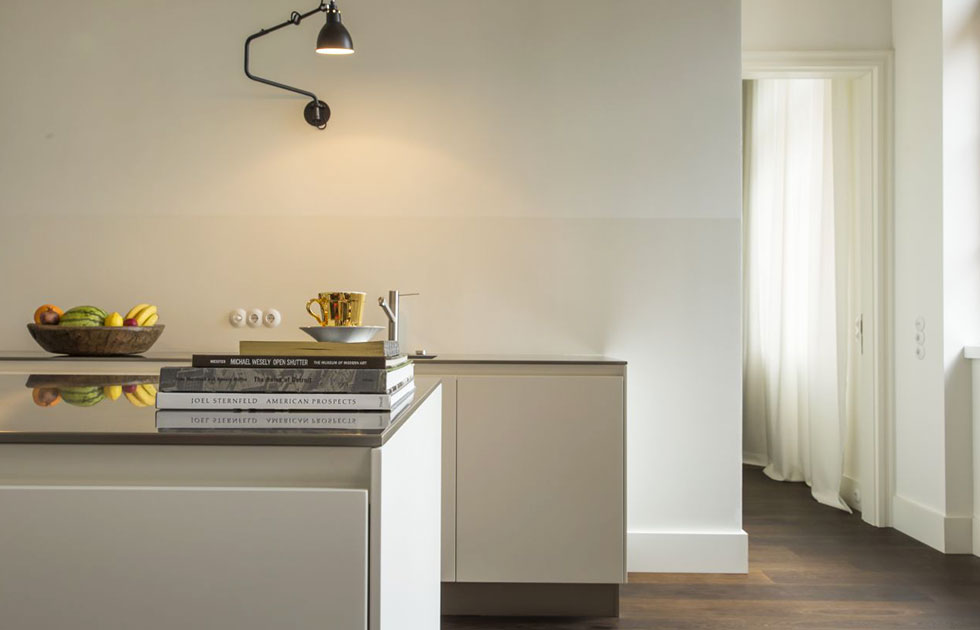
Modern, functional and perfect for all ages, even the elderly or those with disabilities. I bet that Licia Fertz would like it, right?
The same rules should be applied to the oven, fitted into a semi column oven housing.
Choose the model and type that you like but for the height measurements, refer to the diagram below.
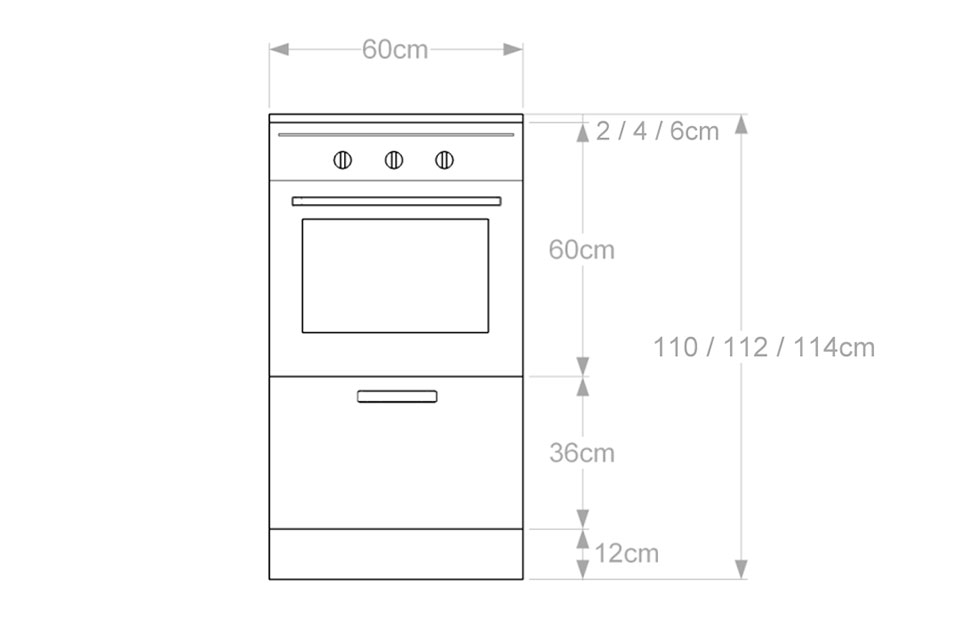
Here is the Skyline kitchen by Snaidero that I spoke about in episode #6 of Design for breakfast. It’s specifically designed to reduce movement and make everything within reach, all the things you need are close and accessible. Think, it was designed to be of use to those people in wheelchairs. The key word here must be self sufficient.
Take a look at it here.
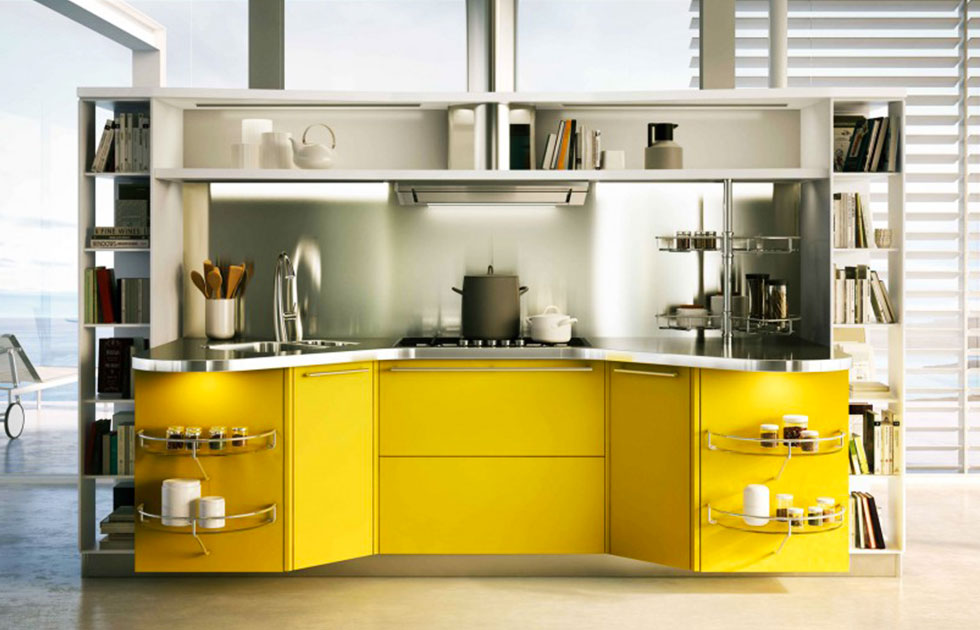
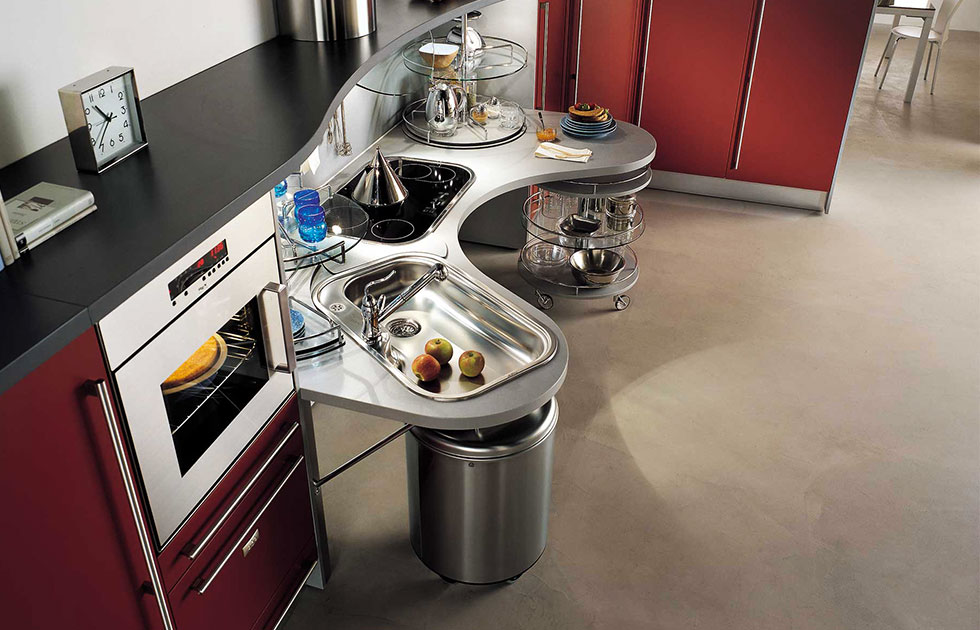
As for the bathroom, in the video I suggest placing handles and handrails in such a way as to make it safer and also facilitate moving around inside.
From a stylistic point of view, I recommend focusing on handles and handrails of a modern design, which can be used in the bathroom or even other areas of the house. The risk of recreating the “hospital” efect is high, so I thought I’d show you some hand rails that don’t give up on style at all.
Here are a few:
Shine by Ever Life Design, which in addition to being an practical handle (holds up to 120 kg) is also an ambient light. On the site you will find all the details here.
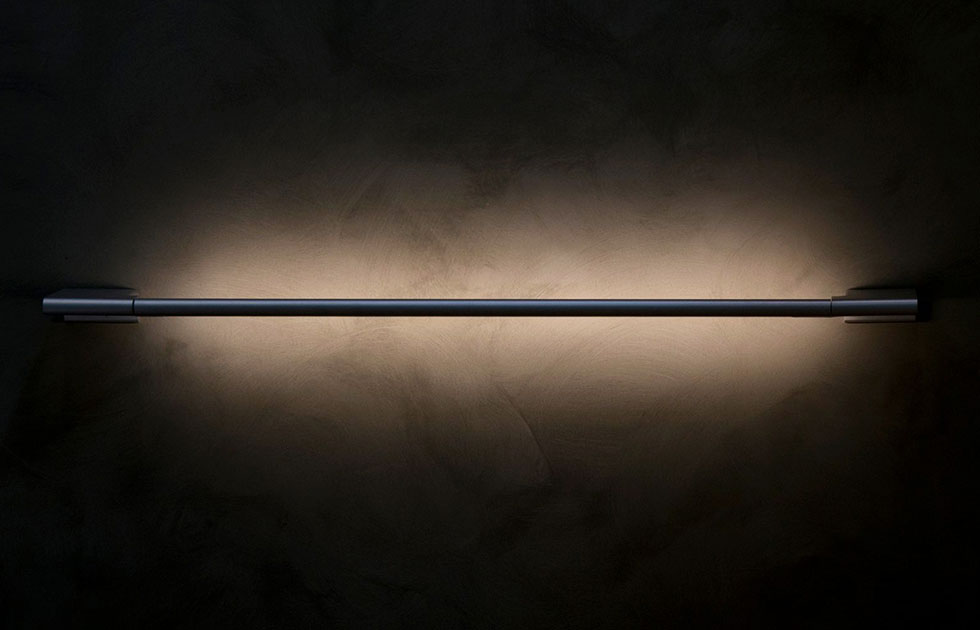
Leonardo Deluxe by Goman, in two versions.
The version with three fixing points, you can find here.
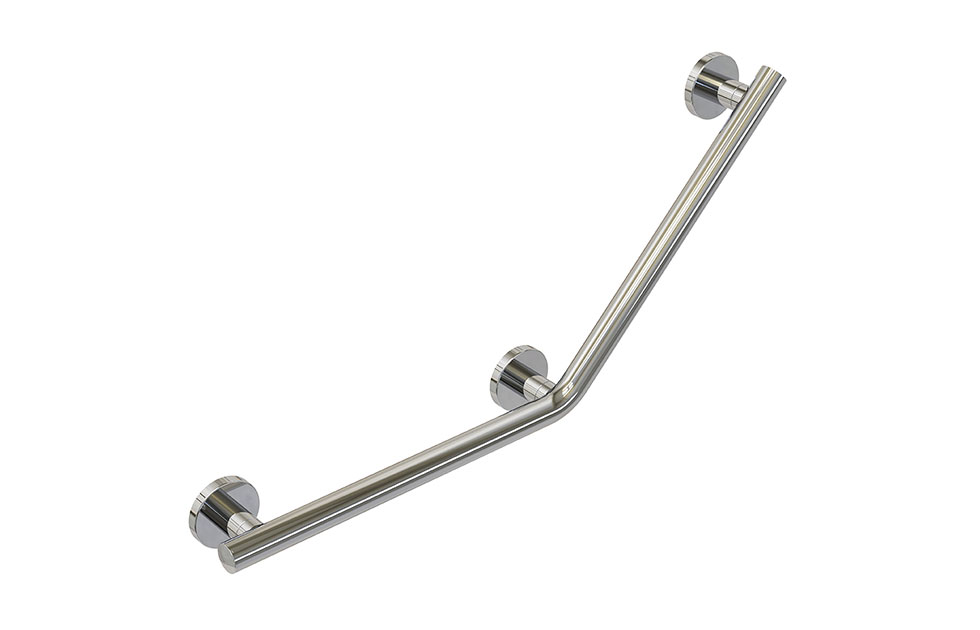
The shower version, here.
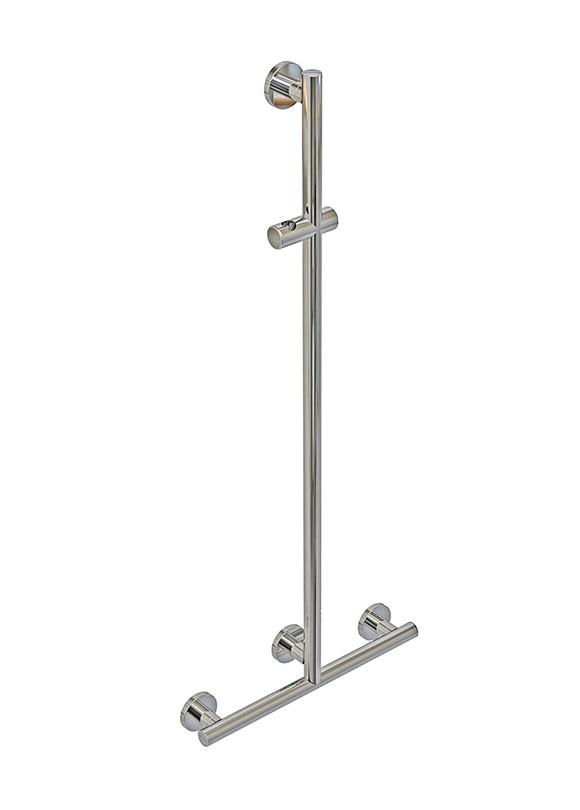
I’m repeating this because it’s important: it’s better to install a shower than a bath, not forgetting to add a seat or stool inside.
In this regard, I think the Truck-tipe space saver by Ever Life Design is perfect (here there are other versions).
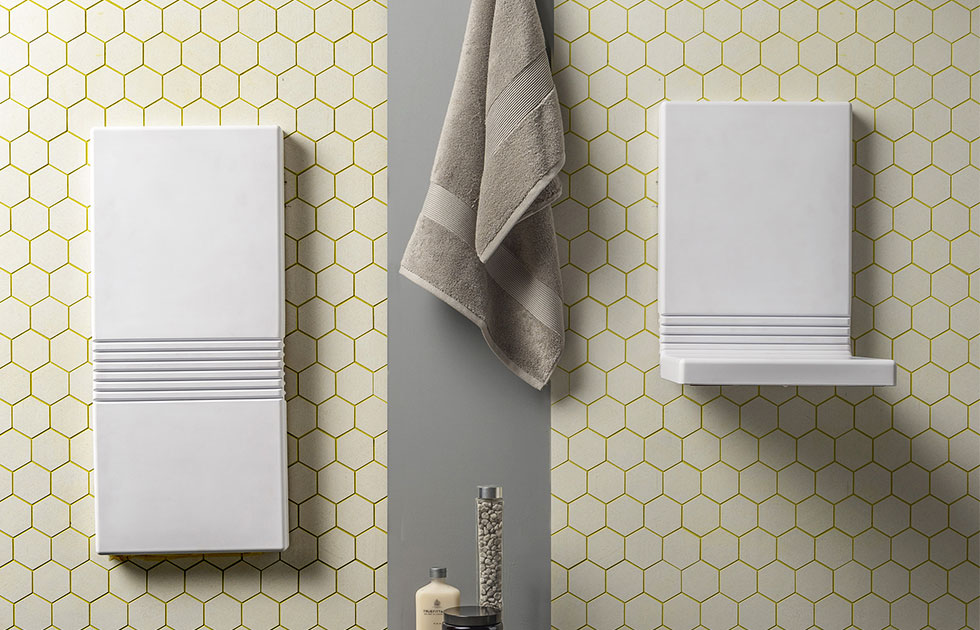
Also, in general, we must limit the obstacles along the passageways inside the house. With the advancement of age, walking and moving around becomes more problematic. And so the aim is to make any movements as safe and smooth as possible.
Placing handles or handrails in strategic points around the house can also be very useful.
Replacing classic rugs with mats made of pvc: they seem to stick better to the floor without rising up, eliminating the risk of tripping and then falling.
Here, look at the effect:
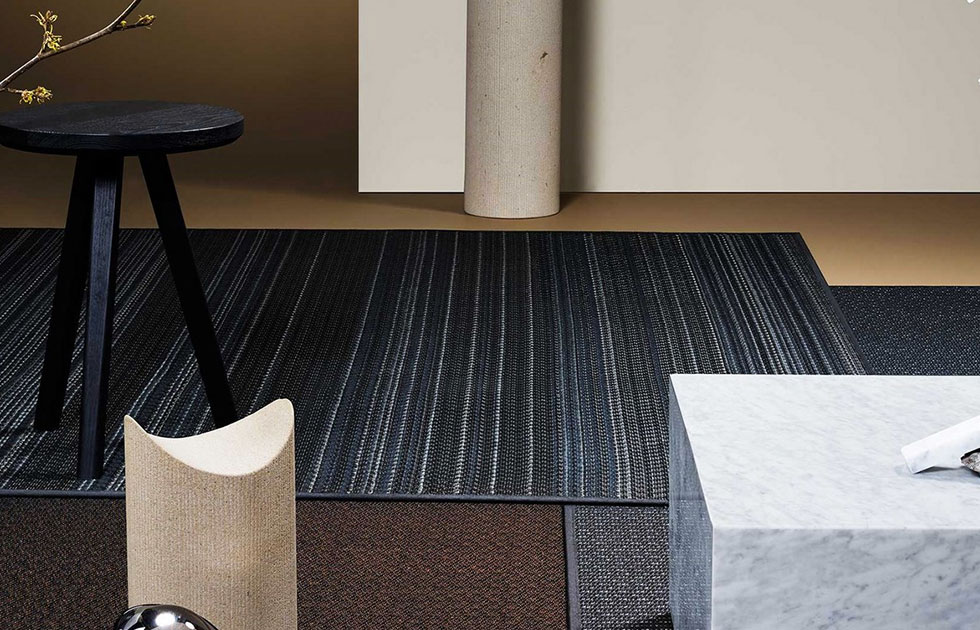
Last piece of advice, directly from the world of tech: the simple to use, voice controlled virtual assistants are essential when it comes to home automation, an excellent way to manage the specific needs of each individual subject.
Amazon Echo, with its operating system Alexa, is one of the most well known. With a simple voice command it can turn the lights on, control smart sockets and locks, it can adjust the thermostat, activate a number of applinance, make calls and send messages.
Not bad, right?
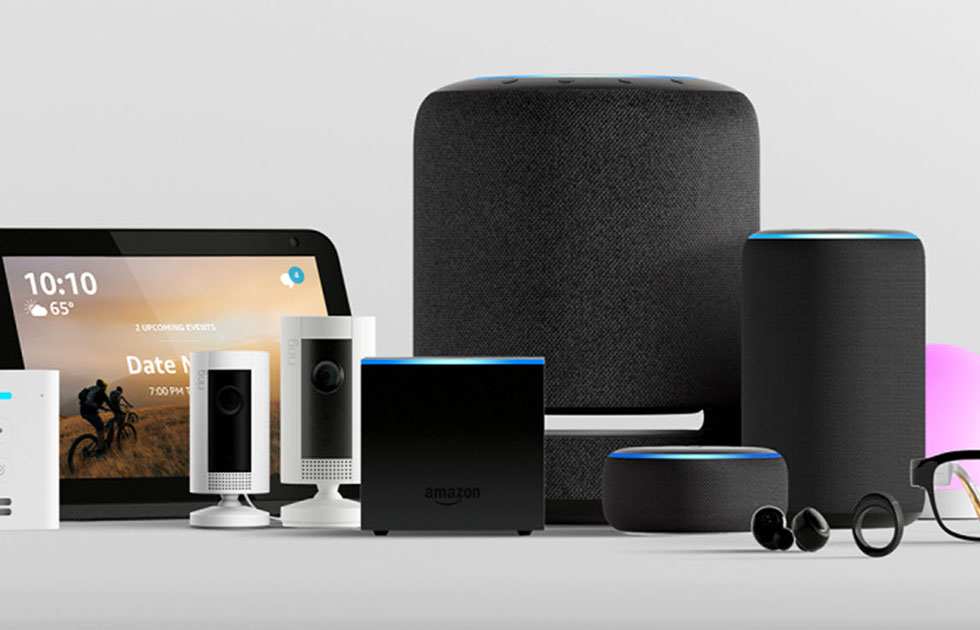
Here are the different types of Amazon Echo that you can find on the market, which can be useful in home automation management:
Amazon Echo Dot, the most compact in the line, it’s a basic version which essentially serves to interact with Alexa. Here it is here.
Amazon Echo (third generation), which has an audio playback mode with Dolby technology, with seven microphones that have the capability of understanding the spoken word at different distances and conditions. But it also has games, news, radio, recipes, internal temperature detector and weather forecasts… It can even recommend what to wear when you go out. A little gem that you can find here.
Amazon Echo Plus, which has better audio, improved sound quality and also has a stronger integration with home automation functions: it allows us to control the lights, sockets, and all other smart devices directly without using any other intermediary devices. More info here.
Amazon Echo Show, which – in addition to the normal Amazon Echo functions – it has a 10 inch, HD screen and can be used as a tablet. Look at that screen!
Amazon Echo Flex, the most compact and cheapest of the range. In addition to interacting with Alexa, it’s modular: complimentary accessories can be purchased separately and connected via USB, such as the movement sensor or the night light. You can find it here.
Well that’s all for now. I hope that these practical tips to make our life easier in the home can help you, today or in the future or perhaps for our loved ones.
These are my recommendations, but obviously every house is a world in itself and sometimes you need specific and personalized advice. The role of designer and planners are crucial in these cases. My advice is always to turn to professionals who know how to advise you best and guide you in your choices. I myself am here for this, write to me if you need advice for your project. Above all, the solutions used and implemented must always be based on analyzing the person’s individual needs.



